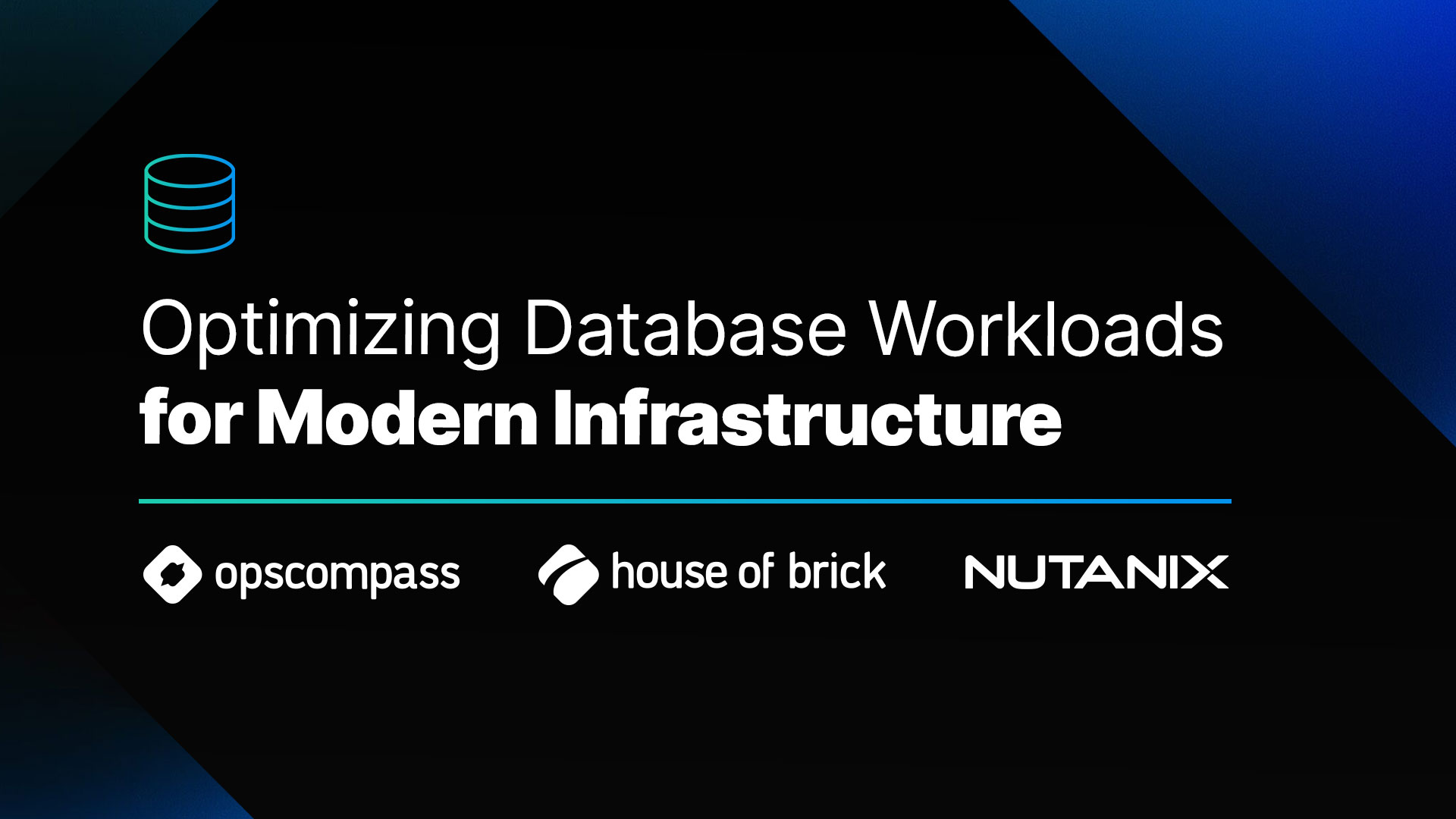This is a guest post from Andrew Grzeskowiak who’s a Sales Engineer at Mesosphere and an overall DC/OS rockstar helping enterprise customers enable hybrid cloud around the globe.
It’s Thursday morning and all I can think about is how do I get to 2 o’clock so that I can sit back comfortably and listen to Jazz on the Green. Out of nowhere I get a call from our CIO asking how hard it would be to move out of AWS. As I think about the last year, the enormous effort and money spent to get it all there because we had to demonstrate to our shareholders that we were in the cloud, I say, “Why do you ask?”.
Earlier in the day Amazon announced a partnership with a bank and a large holding company, as a result our company lost $5 billion in market cap.
Think it can’t happen to you because you aren’t in healthcare, how about this:
- Groceries – “Amazon to Acquire Whole Foods for $13.7 Billion” Bloomberg June 16, 2017
- Pharmacy – “Amazon to Acquire PillPack” BusinessWire, June 28, 2017
- Entertainment – “Amazon to Buy Video Site Twitch for $970 Million” Wall Street Journal August 26, 2014
In case you think I am picking on AWS, how about recent acquisition from Google
- Home appliances – “Google closes $3.2 billion purchase of Nest” CNet February 12, 2014
- Automotive – “Google’s Waymo worth more than GM, Tesla and UBER” CNN May 24, 2017
Or Microsoft
- Education – “More than a Game: Applications for Minecraft in eLearning “ ELM Learning January 1, 2015
Let’s get back to the conversation at hand. Fortunately, when we architected the move to the cloud, we had a couple of concerns:
- We wanted to move from on-premise to the public cloud and make it insanely easy.
- We wanted to leverage several applications (Kafka, MongoDB and Elastic) and we needed a way of automating their operations, so a very small team can support it.
- We needed a holistic security and governance framework that could be applied universally.
Most importantly we knew that we would have to periodically change our infrastructure, sometimes very dramatically as in this case and did not want to change our Operational model to support the change.
Fortunately, we had the foresight to select Mesosphere DC/OS and OpsCompass Helm, which makes it exceedingly easy to move to another public cloud while not having to modify our operational principles or even our security posture.
My response to the CIO, I will get back to you ASAP and then proceeded to move apps out of AWS to Azure. How you might ask, well let me show you.
Step 1. Identify the workload to Move

Step 2: Change where you want the workload to run

Step 3: Watch workload spin up in new location and wait for the health check status

Step 4: Confirm workload is online in new location

Once we’re in our new location we need to make sure we’ve got control of the cloud infrastructure DC/OS lives on. Helm lets up know when there are new ports open or storage accounts that could be risky. By having the security policy baked right into the platform, we can get notifications if at any time our policy is violated.

Now that I’ve implemented a full-on hybrid cloud with policy and governance without breaking a sweat, I’m off to a great night of jazz.




